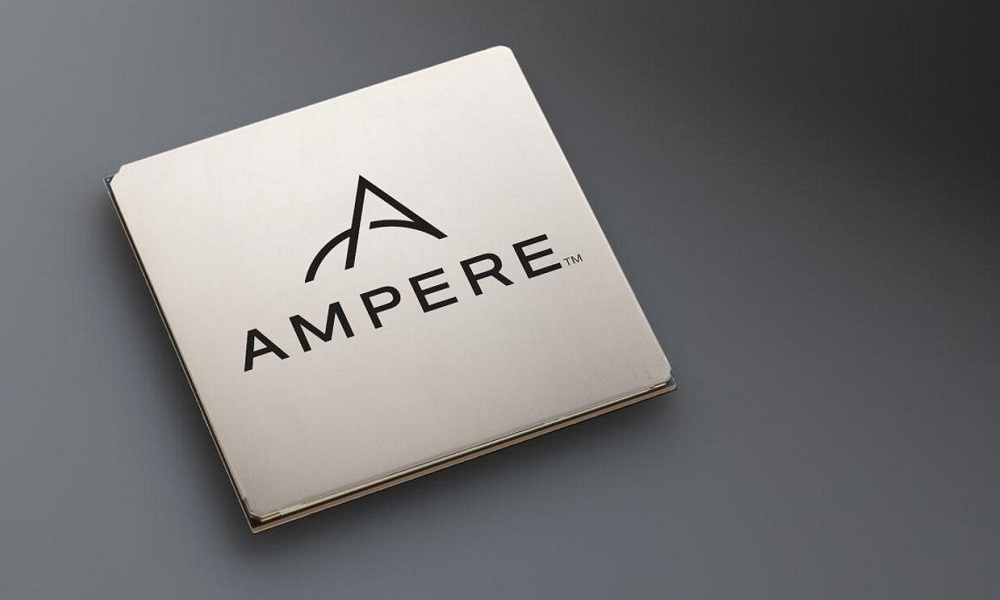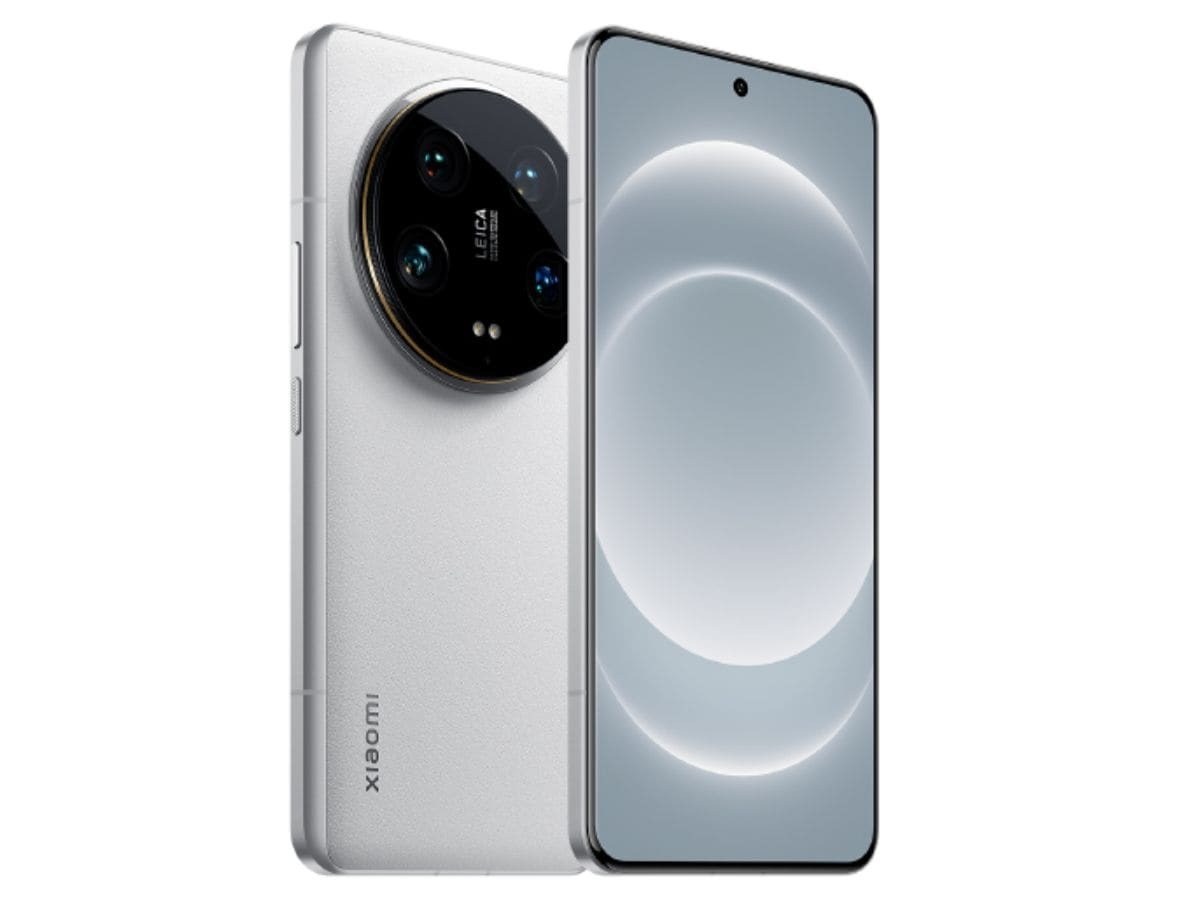Microsoft has published an extensive article dedicated to TPM 2.0 in Windows where highlights this secure platform module in the present and in the future of their operating systems. It also explains its main functions, the security challenges it addresses, and ways IT administrators can check the status of this feature.
So far so good. The point is that Microsoft “sells” it as a way to prepare for the end of Windows 10 support, the migration to Windows 11 and the potential acquisition of new personal computers, since a large part of the current ones do not support this or other requirements taxes to run Windows 11. Yes, more of the same. We have lost count of the dozens of articles we have had to write about the minimum hardware requirements of Windows 11. We have also described a large number of methods to bypass those requirements and the consequences of installing the system on unsupported computers.
And it has been a sticking point since the launch of Windows 11 three years ago. It hasn’t helped chaotic management from Microsoft itself, accelerating or slowing down the obligation to comply with this issue as interest has become due to the sword of Damocles represented by the very high market share that Windows 10 still has. In November, it grew again, breaking a six-month trend. Which is worrying.
TPM 2.0 on Windows 11 and beyond
Leaving aside Microsoft’s commercial interests, that Windows 11 is a version that will pass with more pain than glory, that many think that the hardware requirements have been artificially imposed and that the management when it comes to enforcing them has been little less How chaotic, it is worth recognizing that the Trusted Platform Module (TPM) is an essential tool to combat current security risks and guarantee those of the future. Microsoft assures that TPM 2.0 in Windows is a “non-negotiable standard” for the future of their operating systems, so it is not expected that the requirement will be reduced even though a smaller number of machines can run it.
You already know that TPM can be implemented using a dedicated chip that is purchased separately or, more commonly, as firmware integrated into a PC motherboard. The name TPM (Trusted platform module) already indicates its purpose, as responsible for storing encryption keys, passwords, certificates and other sensitive data. A security solution based on hardware and softwarewhich provides sufficient security protection and is not vulnerable to physical or logical attacks as is the case with software-only solutions.
Microsoft reviews what it considers real benefits of its implementationsuch as improvements to cryptography standards, separation of cryptography and storage processes from the main processor, and better integration with additional Windows 11 security features such as Credential Guard and Windows Hello. TPM 2.0 is also used to handle BitLocker encryption keys (with Windows 11 version 24H2, BitLocker is enabled by default for all users); Secure Boot that ensures that the operating system you are trying to boot has not been tampered with, and multi-factor authentication that is becoming a must-have feature in global security.
The company says that TPM 2.0 also helps prepare Windows for the future. One way is by helping to protect sensitive information as more AI capabilities come to physical, cloud, and server architecture. «By establishing TPM 2.0 as a non-negotiable standard for the future of Windowswe raise the level of security. This allows you and us to better align with the growing need for formidable data protection in the modern digital sphere.”concludes from Microsoft in this review of TPM 2.0 in Windows. If you are interested, you have more information in the Microsoft Techcommunity.












